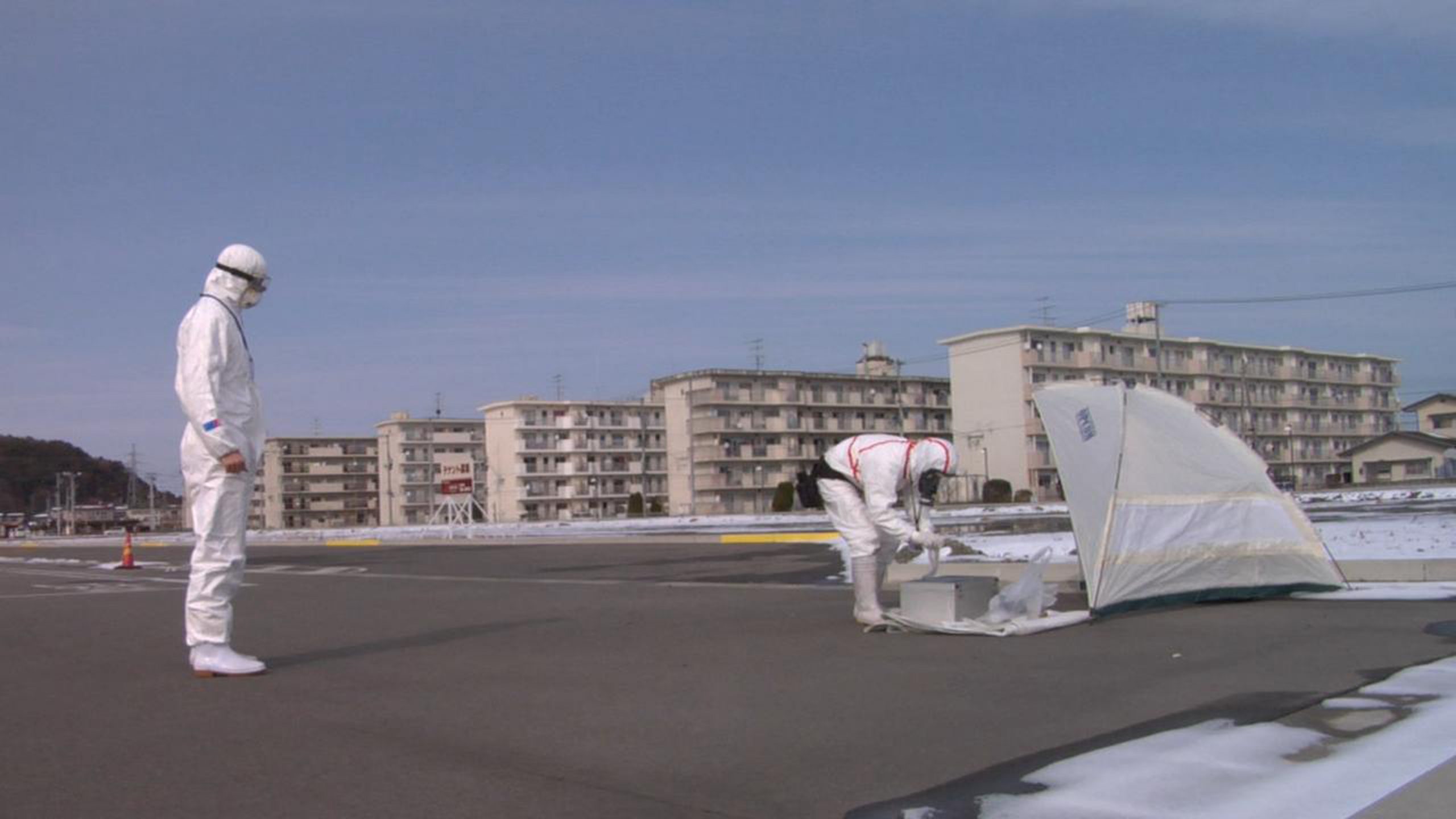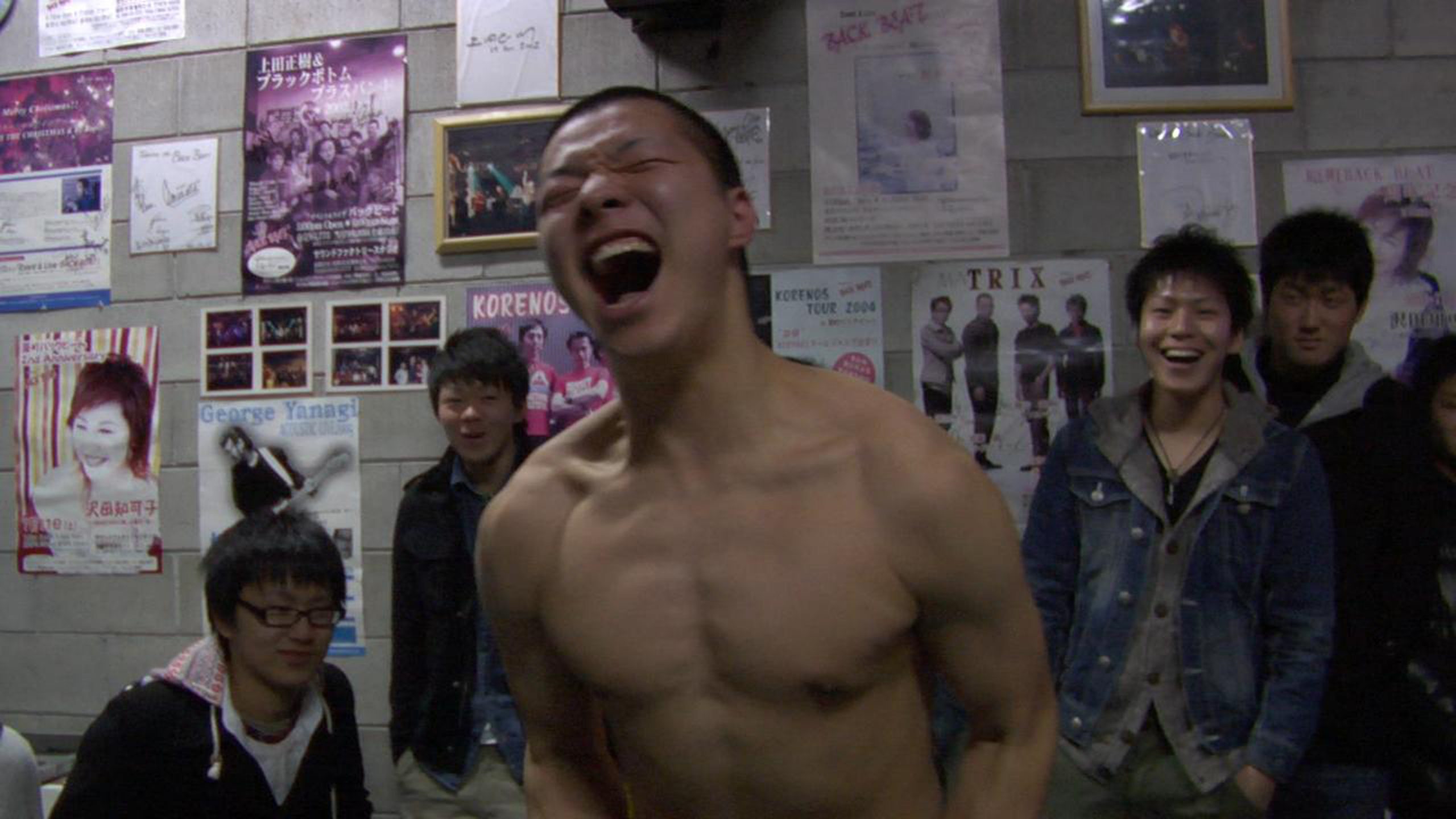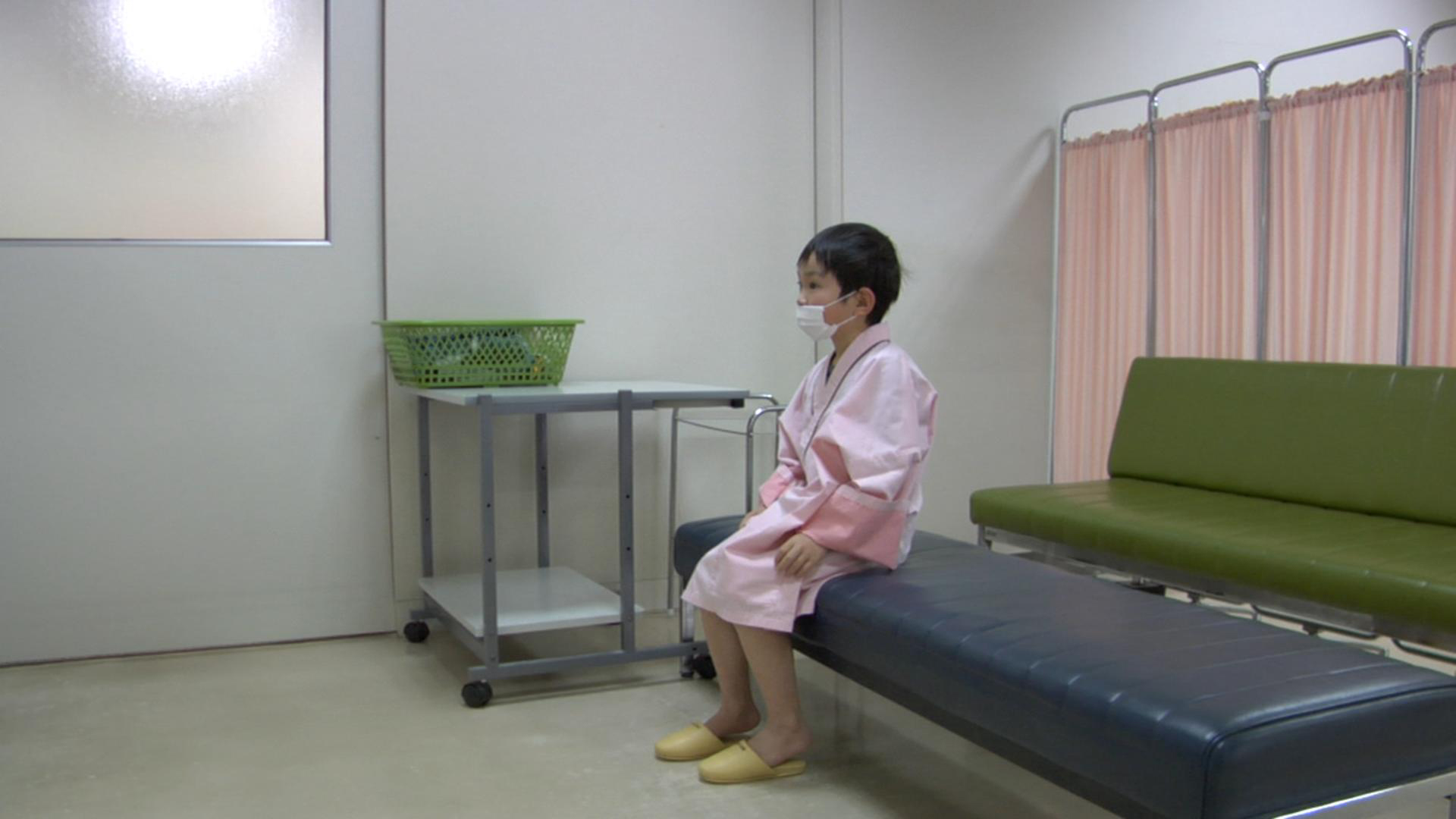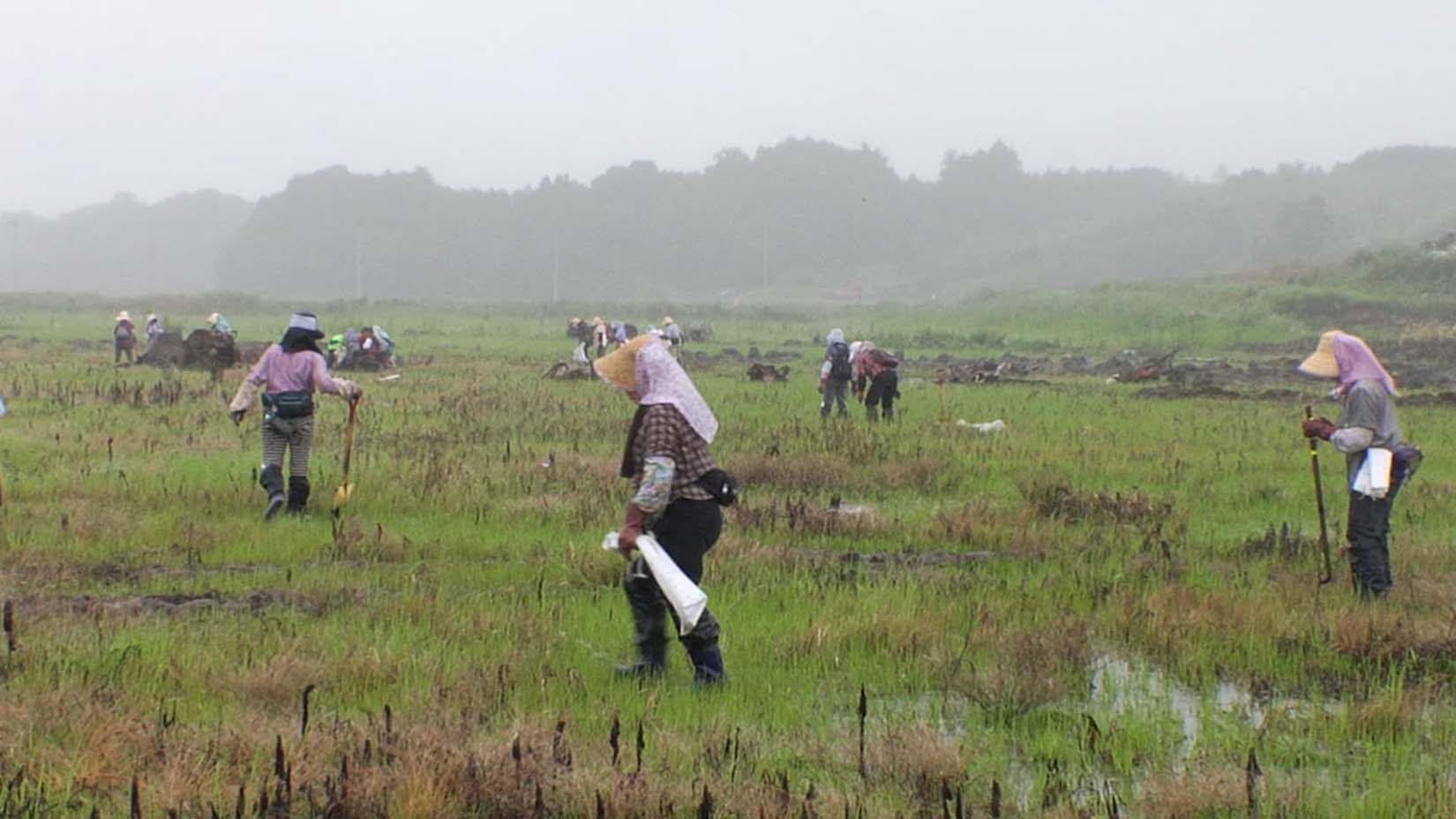
This week, we are thrilled to present a screening of Furusato, the latest feature documentary by Chicago-based filmmaker and School of the Art Institute of Chicago faculty, Thorsten Trimpop.
Furusato, which translates to home or hometown, is human-scale portrait of Minamisōma, a small town in Japan’s nuclear exclusion zone. The film explores how the town’s inhabitants and surrounding landscape have been affected by the devastating Fukushima Daiichi Nuclean Power Plant meltdown. Furusato has had its successful theatrical release in 52 cities in Germany and Austria, with screenings in Europe continuing until fall of this year.
In the following director’s statement, Trimpop reflects on his time spent filming in Minamisōma and how he came to understand the concept of furusato through his experience of living alongside the town’s residents.
Furusato: Director’s Statement
Thorsten Trimpop
At first glance, the Japanese town of Minamisoma felt to me like a ghost town, blanketed in snow, depopulated and dystopian. The town had already been divided, somewhat arbitrarily, into sectors deemed safe and unsafe for habitation. It was January 2012, nine months after a massive tsunami had struck Japan’s eastern coast, killing almost 20,000 people and triggering meltdowns at three of the five reactors at the nearby Fukushima Daiichi power plant.
Out of nowhere, three young men with guitar cases slung over their shoulders and white safety masks on their faces appeared, walking down a street empty of cars, the stores all shuttered. When I stopped them to ask what they were up to, they hesitated. Finally, one of them shyly said that they had a band, and that they were going to a studio to rehearse. He invited us to join them. Once in the studio, I watched in astonishment as this shy boy, Kazuki, who would become one of the film’s protagonists, screamed out his primal fear, frustration and rage.
It was during this initial five-month trip that I began to see the elements that would later become Furusato, the film I shot over the course of the next four years.

Japan’s history of catastrophe movies seemed to eerily foreshadow the events of March 2011, after which two hundred thousand locals were forced to flee their homes, leaving everything—possessions and pets, the bodies of deceased loved ones, a sense of future–behind.
As the news cycle quickly moved on to other stories, I had wondered what happened to all of these people. Disaster narratives are relayed and consumed for entertainment in many ways. Around the catastrophe’s first anniversary, the town once again became a magnet for TV journalists from all over the world using the dystopian landscape as backdrops: Fukushima’s Ground Zero.
This was when I began to see the possibility of a film, an antidote to such superficial images—a deeper, sustained look at the relationship of the local people to the wounded landscape they called home—a tensionI could sense but did not yet understand. As I met people who decided to remain in highly contaminated areas, unwilling to give up their homes or conceive of themselves as refugees, I asked myself, why did they stay?
There were immediate and obvious challenges: how, as an outsider, could I approach these people, many of whom were shell-shocked, angry, and understandably wary? How could I convey, on film, the unseen danger they were contending with? Those questions would soon feed into a larger, more universal inquiry about how we create home, the need for security, even if illusory, and the overlooked human cost of our way of life.

I kept returning, sleeping on the floor of a local shrine, and this inquiry acquired texture and complexity. Protective gear disappeared, replaced by a pretense of normalcy best conveyed in images, like the sight of a samurai in full regalia on horseback passing a fleet of uniformed workers decontaminating a cemetery. What was initially a visual absence became a monolithic presence, represented by millions of 1-ton bags of radioactive topsoil scarring the bewilderingly lush green landscape.
My outsider status became an unexpected asset as the universal need to air grievance asserted itself with time and trust. I was humbled by my protagonists’ generosity with their stories, which often surprised me: a daughter sacrificing her career in the city—and her health–to help her horse breeder father; the ambiguous motives of a glamorous activist on a messiah-like mission; the unsettling movement from guilt to denial of the Stanford-educated TEPCO nuclear safety engineer.
Furusato is the first film I shot myself without a crew, working only with a translator. Because I don’t speak Japanese, my instinct directed the camera. This hardwon intimacy, I hope, translates on film into moments of unexpected lyricism and grace.
Few concepts in Japanese culture carry as much weight as furusato, which translates as home or hometown, but is also wrapped up in the dramatic changes that resulted from Japan’s modernization. Furusato describes the lost landscape of childhood that you can’t return to, as well as the final landscape you see before you die. It reminds us of our connection to the earth, to the past and the future, and the ease with which profit models and Insta-culture imperil and disconnect us.
We are living in an era of man-made catastrophes, from climate change to corporation-enriching wars. Fukushima will become a cautionary symbol of our insatiable thirst for cheap energy and our willingness to sacrifice those things that make us human–including our responsibility to future generations. It is my hope that this film will grant the space to observe just how fragile those things are.
